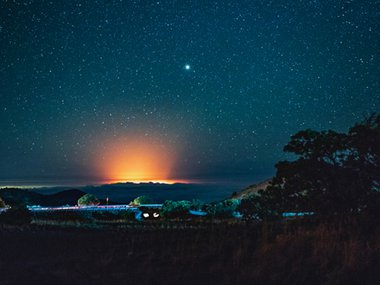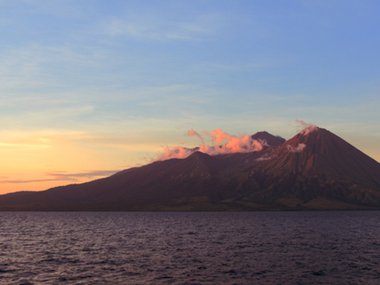Volcano: Krakatoa
You may have heard about the cataclysmic eruption of Krakatoa in 1883, sometimes considered the loudest sound ever experienced in modern human history. After the explosive eruption, only 1/3 of the island remained, and an estimated 36,000 people had perished. Ash climbed so high in the atmosphere that blue and green suns were reported and global temperatures cooled significantly the following year.
Krakatoa (Indonesian: Krakatau) is an island volcano in the Indonesian arc between Sumatra and Java, where the Indo-Australian plate subducts under the Eurasian plate. This area of the world is along the volcanically active Ring of Fire; Indonesia alone has 127 active volcanoes! Pretty significant, considering its land mass is less than 1/5 the size of the United States.
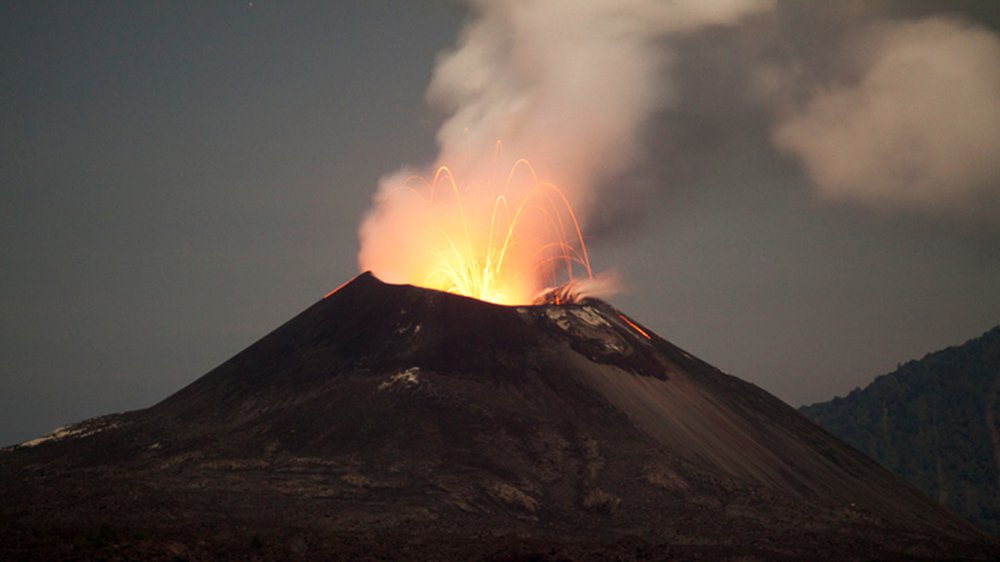
Image credit: Getty Images
In May 1883, the captain of the German warship, Elisabeth, spotted a cloud of ash and dust rising above the uninhabited island of Krakatau. Over the next few months, other ships documented similar sights associated with explosive sounds and churning black clouds. Scientific expeditions were launched to investigate the reports. The inhabitants of surrounding islands of Java and Sumatra were so impressed with the spectacle that it became an almost festive atmosphere on the islands. However, they were soon to find that these displays were a more of an ominous warning than a cause for celebration.
The eruption of Krakatoa began on August 26 with a series of powerful explosions of lava, pumice and ash. The northern 2/3 of the island collapsed beneath the sea, generating huge tsunamis that ravaged the coasts of neighboring islands. Ash shot 50 miles into the atmosphere and spread out over 300,000 square miles, plunging the immediate area into darkness.
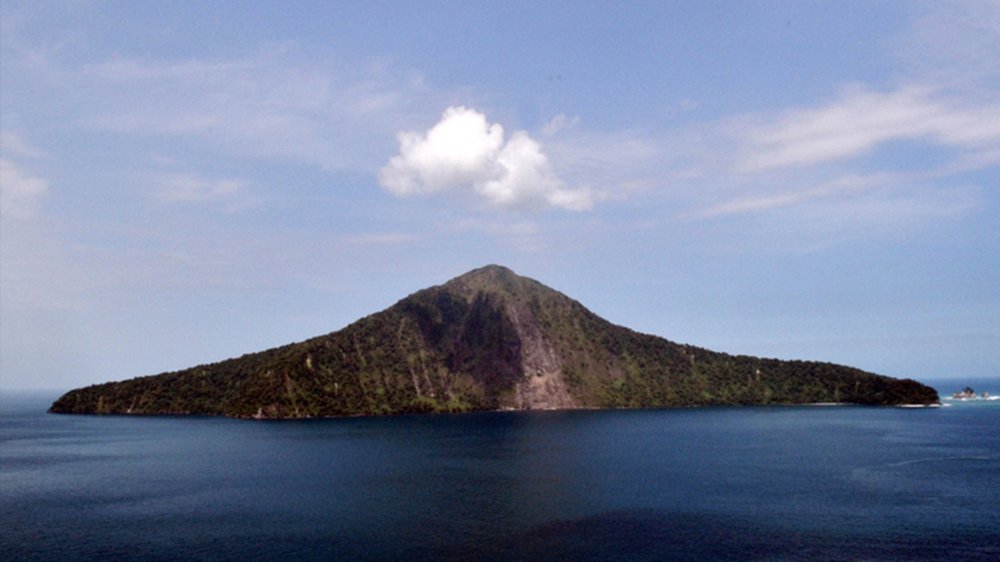
Image credit: Getty Images
The final explosion, considered the loudest sound ever heard in modern human history, was registered by over 10% of the planet and generated reports of distant gunfire from Australia and the island of Mauritius, almost 3,000 miles away. Within a few hours, pressure waves generated by the explosion were recorded on seismic instruments as far away as Great Britain and America.
The ash drifted completely around the globe in the following days, acting as a solar filter and causing reports of blue and green suns and fiery red sunsets. In fact, sunsets were so fiery that residents in several cities, including New York City, called the fire department! Some researchers believe the blood red skies depicted by Edvard Munch in his series of famous paintings, The Scream, may have been inspired by the intense color of the sunsets after the eruption of Krakatoa.
Even more devastating than the explosion were the series of immense tsunamis that traveled as far as Hawaii and South America. The largest of these was estimated to be 135 feet high, higher than a 10-story building! Over 165 neighboring coastal villages and towns were destroyed and nearby islands were stripped bare of vegetation. Of the 36,000 people who perished in the wake of the eruption, it is estimated 34,000 of those deaths were caused by tsunamis.
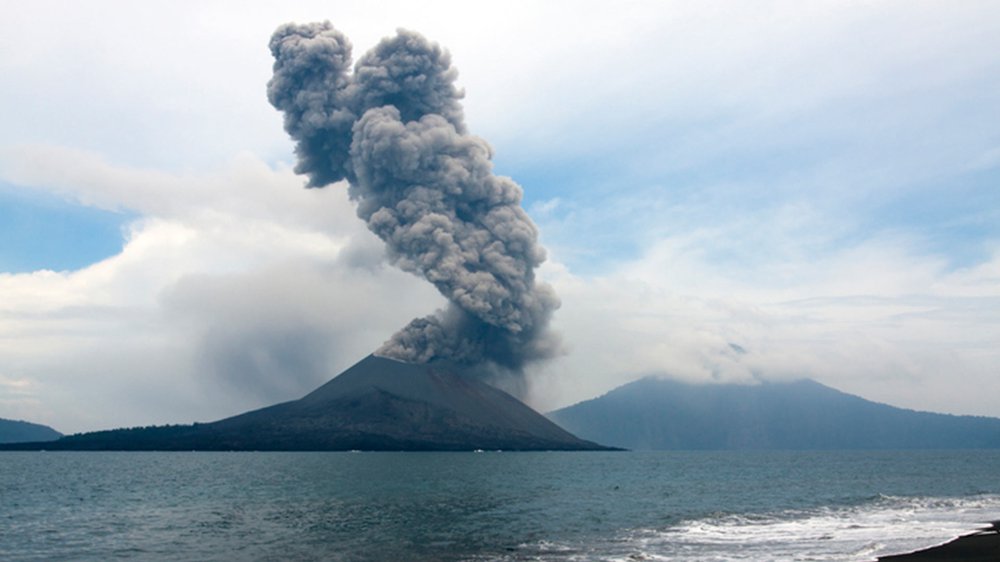
Image credit: Getty images
Krakatoa remained quiet until the 1920’s when volcanic activity began again, eventually forming a small island, Anak Krakatau (child of Krakatau), inside the caldera. This new island continued to grow as eruptions continued in the following years. A recent eruption on December 22, 2018 caused a partial collapse of Anak Krakatau, generating a large underwater landslide. The resulting tsunami killed over 400 people and injured an estimated 14,000. Anak Krakatau continues to show volcanic activity, so scientists are monitoring it closely for unusual activity, such as earthquakes, gas emissions and other factors.
Love volcanoes? Learn more about volcanoes' awesome power of creation in Volcanoes: The Fires of Creation now showing in the Dome.
